Dogs are just a part of the family. No dog lover can resist their fur babies' when they bark and wag their tails or snuggle when they want attention. An important part of understanding someone is good communication—and since their communication is nonverbal, getting to know what our dog means when they behave a certain way is critical.
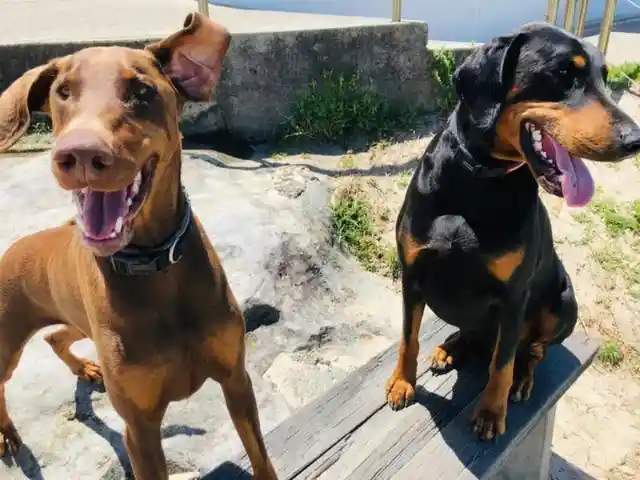
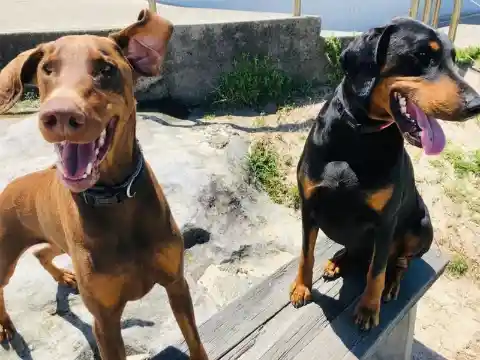
Over the years, we've learned a lot about dogs and how they express themselves from observing their body language. You can better understand what a dog is trying to tell you by observing their behaviors in different situations. With these facts, you’ll be able to understand your precious pups just that little more, and they’ll love you all the more for it.
Greeting Owners On Their Hind Legs
A dog standing on its hind legs might imply many different things depending on the breed. Usually, this is a display of love. When it comes down to it, some animals simply want to give you a good old-fashioned pat on the back or scratch behind the ears.
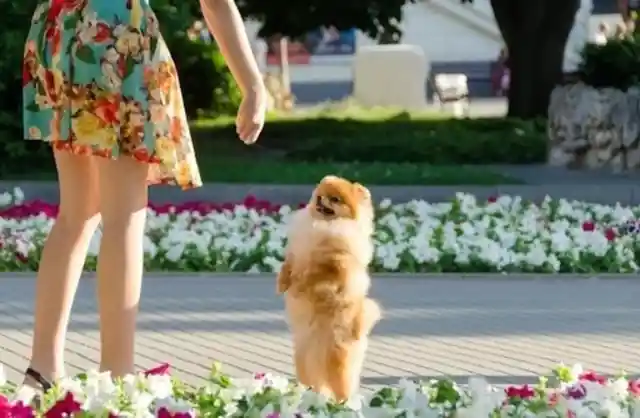
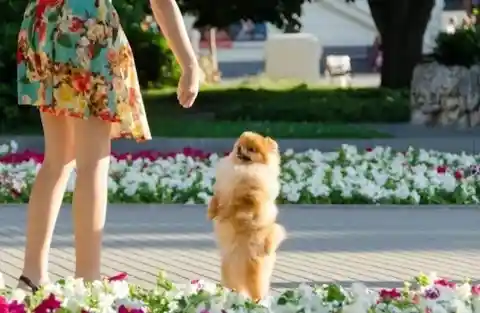
On the other hand, if they rear up on their hind legs when engaging with other dogs, this may be an indication that they are in a playful mood. If they aren't showing signs of hostility or snarling, then this is probably simply their way of saying they want to run around and have some fun.
Chewed Up Furniture Is Not Due To Appetite
Like toddlers, puppies may chew on toys and other household objects to treat tooth discomfort. If your pet isn't a puppy and constantly chews furniture, this might be an indication of something else—it may mean they aren't getting enough exercise and need to release some energy.
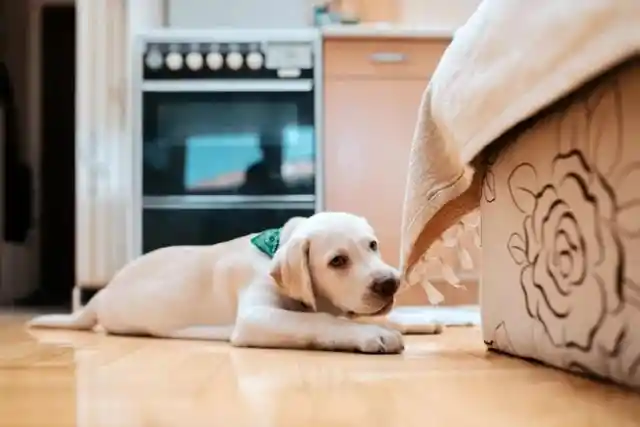
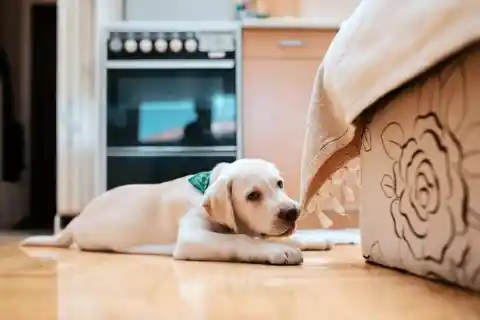
You should begin by taking them for a stroll outside. This is an excellent start, but it won't be the end of your problems. You might want to give them a regular workout by playing catch, tug of war (you’ll need a good rope!), or just by chasing them around the house or garden.
Barking Up The Wrong Tree
Barking serves a variety of purposes. A bark’s meaning changes depending on the situation, which includes the environment in which they live. A dog's excessive barking may indicate that they sense impending danger, and they are trying to warn you of such a threat.
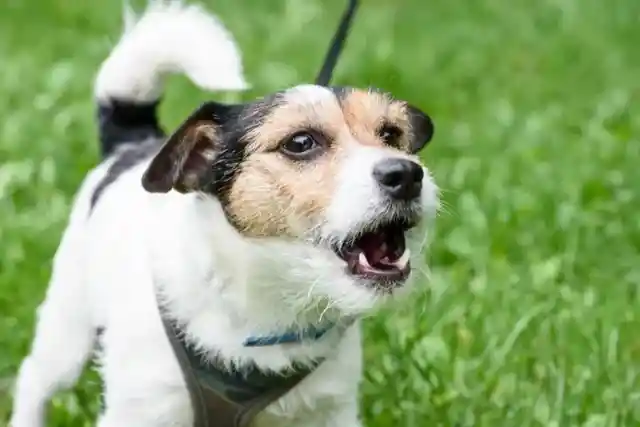
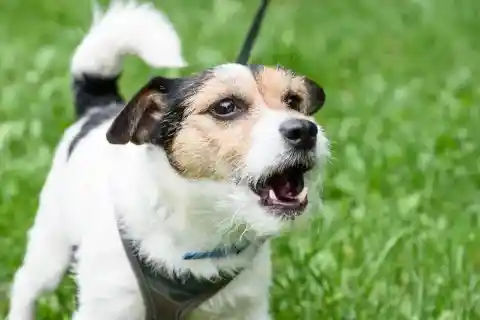
It's possible that your dog is trying to get your attention by barking in short, quiet bursts—or they want to play with you. If your dog howls incessantly, it may indicate that they are in some kind of discomfort—be it mental or physical pain.
No Fetching This Time
Your dog might bring you a toy—a stick, a ball, their plush duck—for various reasons. One claim is that they see you as a parental figure and are eager to earn your esteem and praise for their hunting abilities.
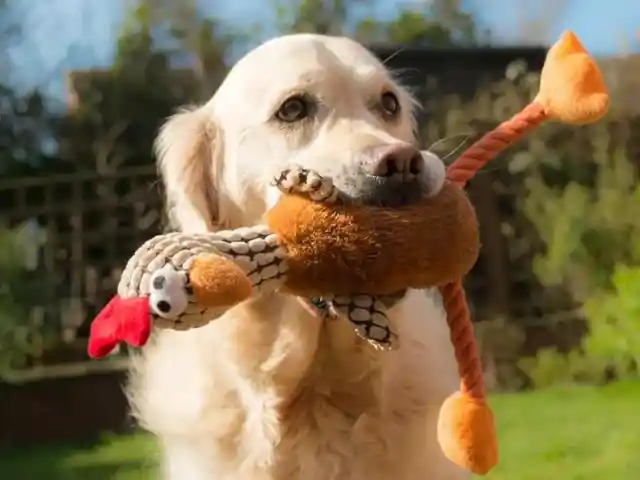
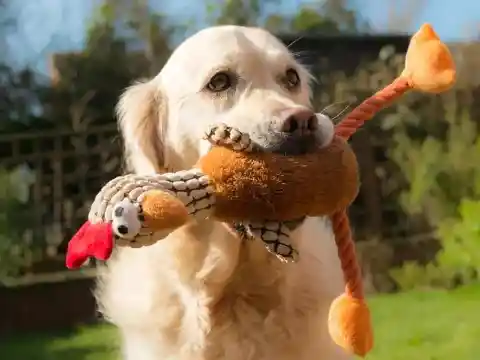
According to one theory, it's possible that your dog is expressing his faith in you by bringing you his most valued object. Also, it might suggest that they're pleased to see you. When your dog gives you a toy, check whether it makes your dog happy if you hang on to it.
Yawning May Be Misinterpreted
Unlike humans, dogs don't yawn when they're weary or bored. Instead, they yawn whenever they’re relaxed or tired. One possible explanation is that they feel comfortable and trust you while you're with them. Yawning is an animal gesture of surrender in nature.
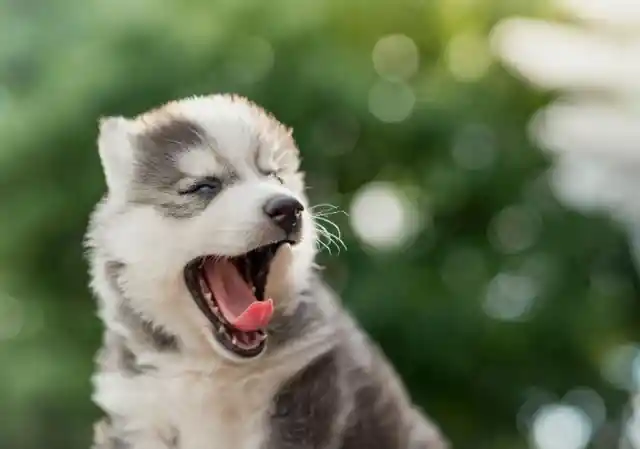
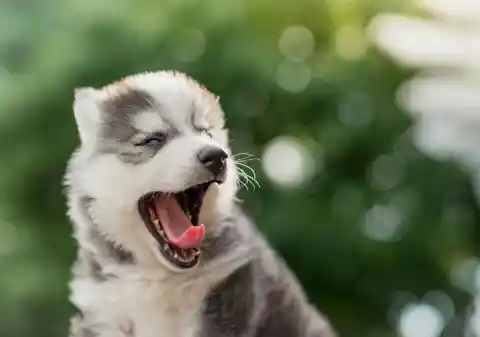
When a dog yawns 12 or 13 times in succession, it’s probably calm. But yawning can also signal vigilance or tension. When waiting at the vet's office, your dog may yawn to try and calm itself down. Before a stroll, dogs may yawn to suppress their excitement. All this yawning talk is making us sleepy!
Wiggle Wiggle Wiggle
Many people believe that dogs feel chipper when they get into a nice wiggle and kick their legs up in the air while wriggling about on their back—and they’re quite correct! At least in most circumstances. There are some exceptions.

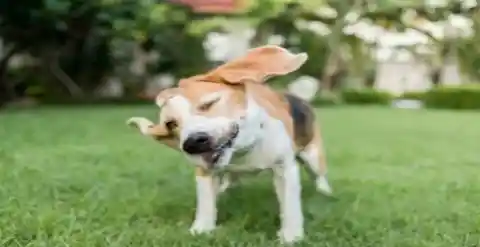
Dogs may be wiggling excessively to reach an itch or other annoyance. This might also be a ploy to get their owner’s attention. Stop what you’re doing and give them a few minutes of your time—help them scratch that difficult spot. We’re sure they’d appreciate it.
Giving You “The Look”
There’s nothing more heartbreaking than seeing this expression on a dog’s face when its owner departs. It’s enough to melt anyone’s heart, give leaving the house a second thought, or make you think about canceling your plans or calling in sick.
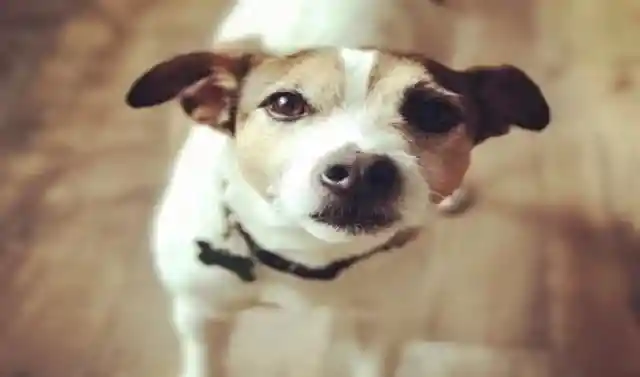
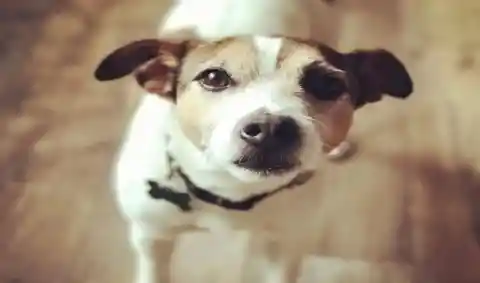
Most of the time, your dog won’t indulge in dramatics, but somehow, that’s even worse. But owners—don't confuse their tranquility for despair. They’re certainly not happy that you're going, but know you'll be back. You've acquired their trust, and they're calm because they know you'll faithfully return later.
Pacing Back And Forth
There are several reasons why dogs pace. Like humans, they pace when feeling bored, worried, or enthusiastic. Your dog circling you may mean they want to play, and they want to know if you’re game. Whatever body language they’re demonstrating, moving is just a smart way of dealing with tension or stress.
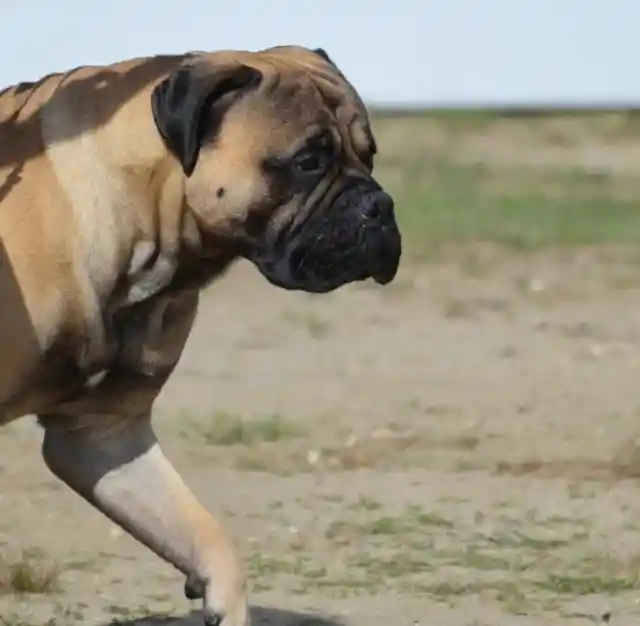
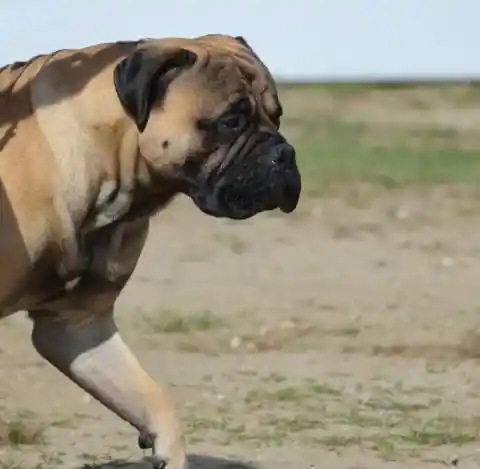
It's not uncommon for two dogs to engage in a game of chase when they come face to face. This shouldn’t be any kind of cause for concern; instead, it is simply their way of playing. So next time two dogs greet each other, don’t panic as long as their teeth aren’t on display.
Snout Pointing
“Pointing” is when a dog freezes and aims its nose at something off in the distance that our human noses can’t sense. While doing this, it may also elevate one of its front paws. This is more common with hunting dogs, although it happens to every dog from time to time.
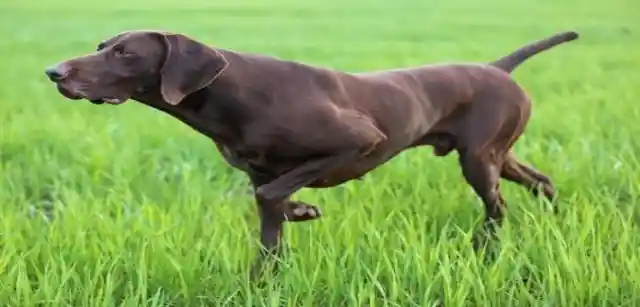
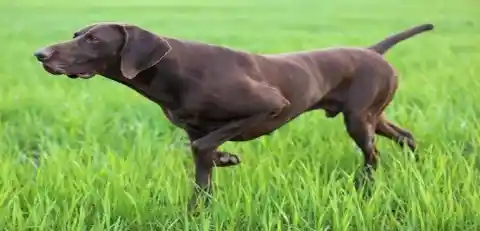
All dogs will demonstrate this behavior from time to time. While it’s something hunting breeds are most known to do, all kinds of dogs are prone to the pointing stance. Some hunting dogs also circle around flocks, just like herding dogs, and vice-versa.
Yawning Can Mean Another Thing
While a yawn can indicate that they are in a state of relaxation or that they’ve had a long day and are ready for bed, it can also signify that they are trying to deal with some internal tension or anxiety. If you’re unsure if your dog is relaxed or stressed, look around you.
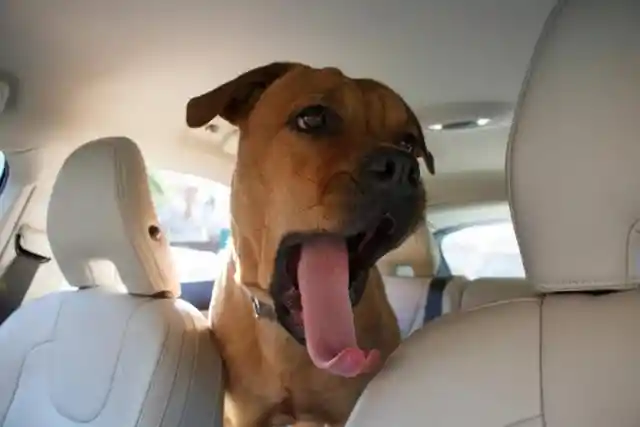
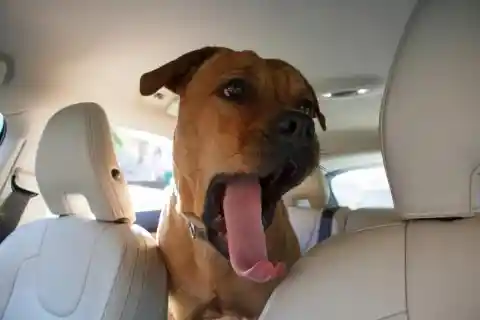
Are you in an unfamiliar place? If your dog is yawning excessively, you may want to soothe and hug your dog. Everyone needs comforting from time to time, especially when they’re dealing with the unfamiliar, and this also includes our furry buddies.
Head Tilt
Many dog owners use a louder voice while conversing with their canine companions. When you speak to your dog in your "doggie" (baby) voice, they may tilt their head to one side as if they are trying to comprehend what you are saying.
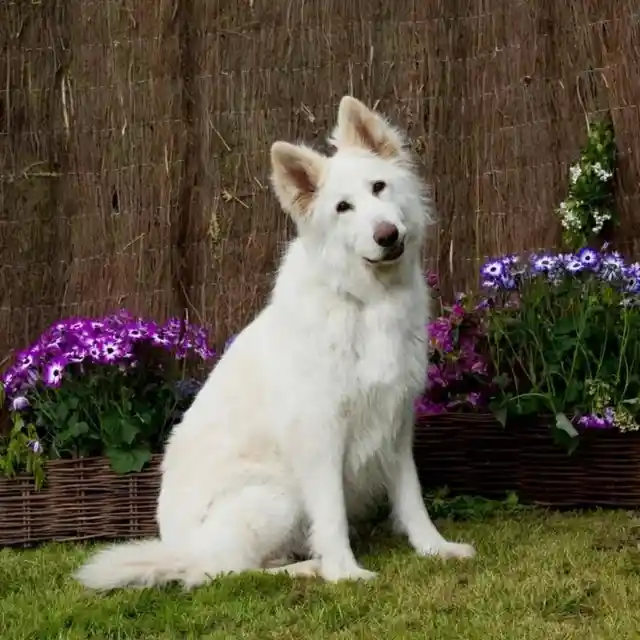
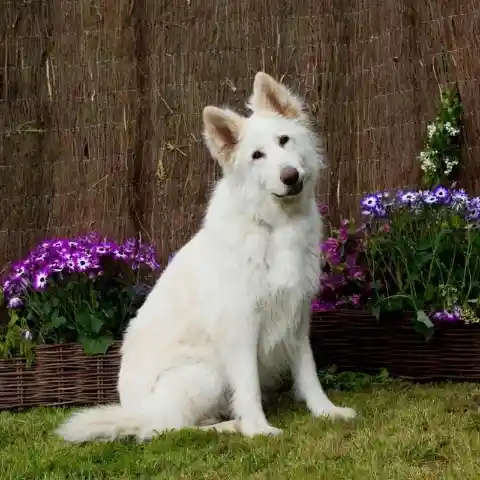
When it comes to interpreting your body language and voice signals, dogs have a remarkable aptitude. They can recognize various terms and may be listening for words associated with pleasurable activities like a treat, stroll, or outdoors. Some scientists think dogs angle their heads to hone in on the sound with their outer ears.
Catching A Scent
Dogs have highly tuned noses for a reason. With 220 million olfactory receptors, dogs smell 1,000 times better than humans with their measly 5 million receptors. Sniffing the air might mean they feel danger or have caught the scent of prey.
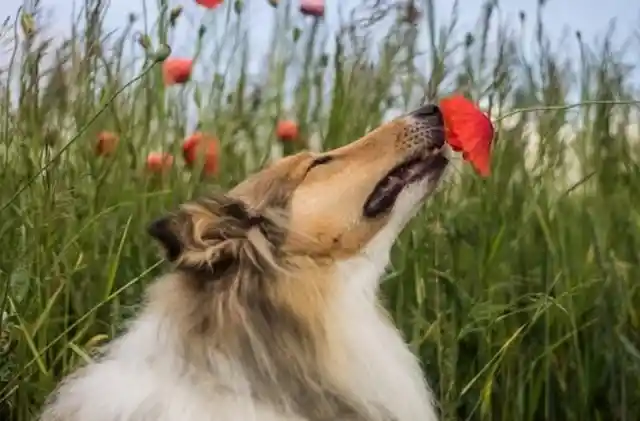
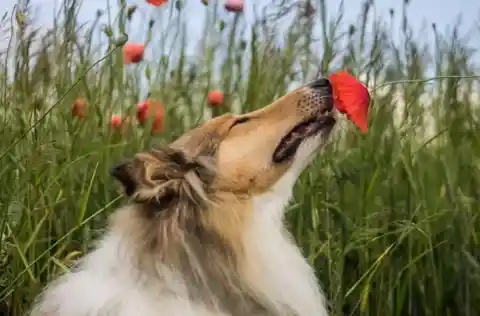
They must stay perfectly motionless throughout this time as they process those complex scents. They also usually try to keep a low profile to avoid being seen by their prey. Dogs are able to distinguish between different humans and other dogs by scent alone. They can even tell the difference between identical twins this way!
Asking For Forgiveness
Dogs are known to put their tongue out and lap their nose as a kind of apology to their owner when they feel they have done something inappropriate. It’s their way of saying that they’re sorry and acknowledging that their behavior was inappropriate. Who can stay mad at that face?
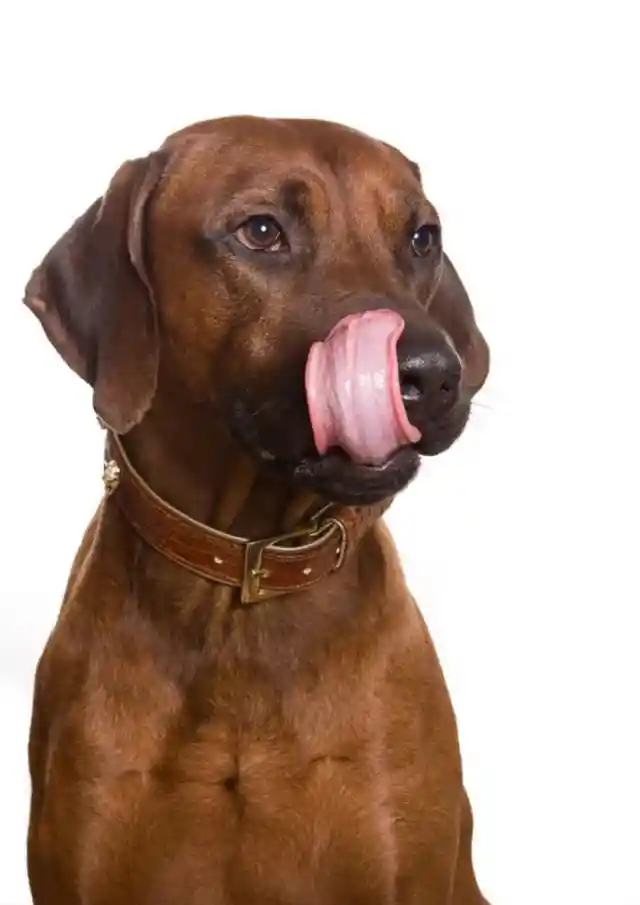
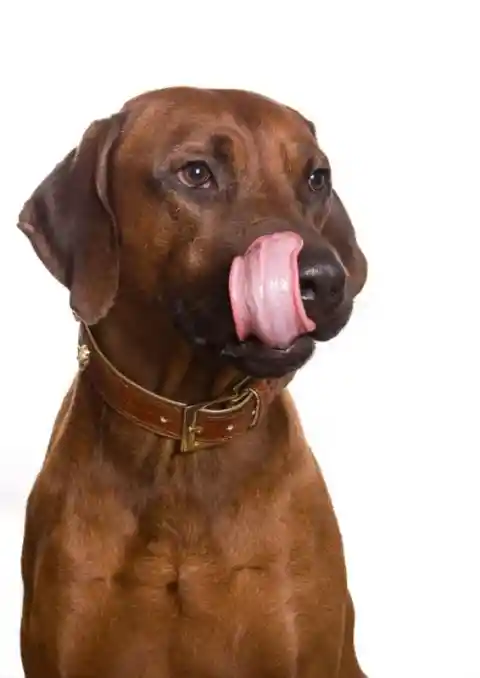
When they do this, they may also attempt to put on an innocent face since they know that their owners are soft targets for their adorable looks. Even after doing something embarrassing, like urinating on the floor, they will continue to do this to try and win your sympathy.
The Downward Dog
Dogs, unlike humans, do not merely stretch after waking up from sleep. Dogs will stretch for a variety of reasons. Stretching might be seen as a gesture of devotion and love for a particular person if they’re in view. It’s another signal that they’re comfortable around you.
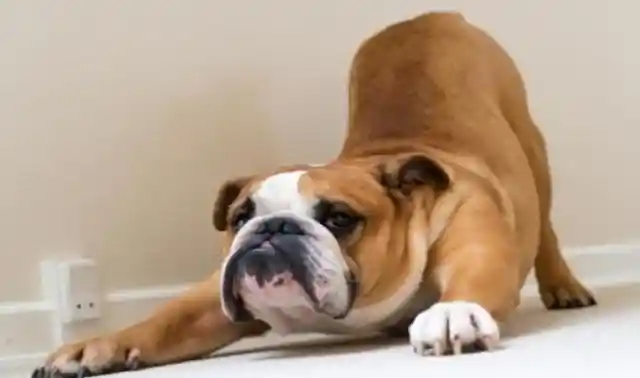
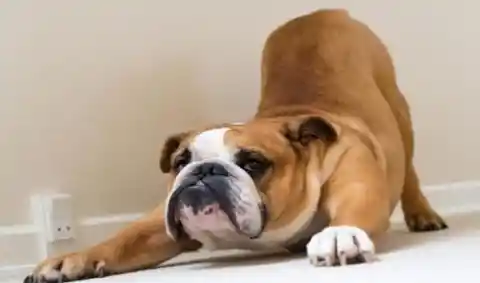
When pet owners arrive home to see their dogs stretching, it does not mean they were napping the whole time they were gone. They are letting their owner know that they are looking forward to seeing them again and that it would be nice if the owners could offer some love and affection back.
Belly Rubs For The Beast
When dogs expose their tummies to their owner, it is a sign of respect and subservience as they are exposing their most vulnerable parts to you—neck included. It might also mean they are feeling playful and want to have a little fun.
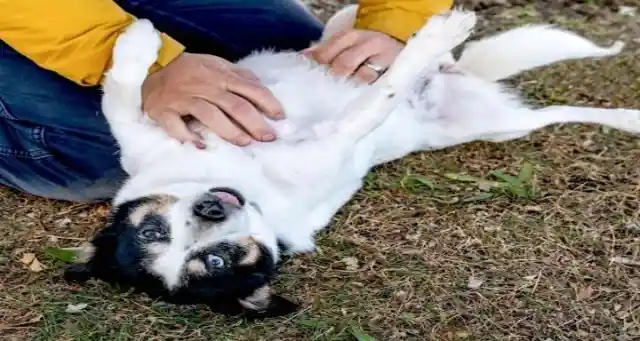
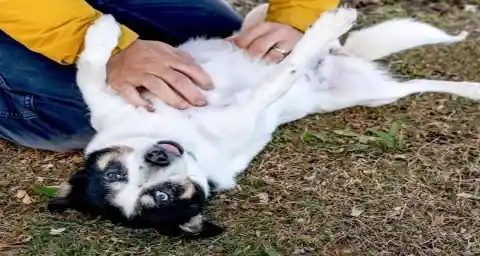
This habit can be encouraged by massaging their stomachs—after all, belly rubs are the best. The more often their owner rubs their dog’s belly, the more likely the dog is going to want to do it again since they know they will give them a good massage every time.
Tail Tuck Due To Danger?
You may have noticed your dog's tail tucked tightly between its legs when it gets in a bad mood. When a dog is feeling unsure, worried, terrified, guilty, or humiliated, this is how they express their feelings—it’s a bad omen, in most cases.
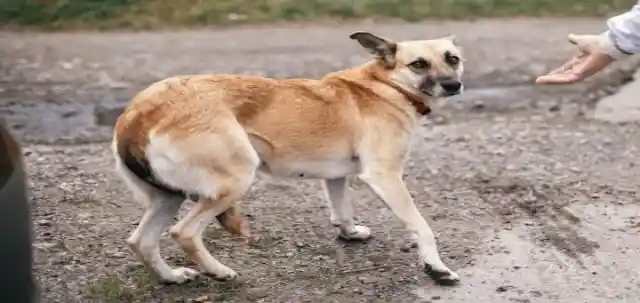
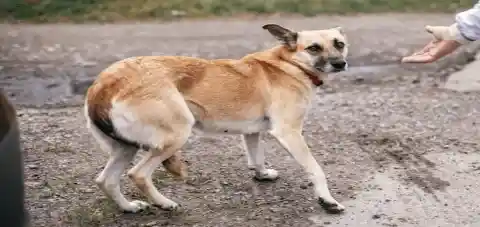
If the owner sees their dog acting in this manner, they need to reassure it and make it feel as if it is in a secure environment. They may do this by making use of pets and speaking in a low voice. They can also be comforted with their favorite goodies.
Paws For Thought
When a dog lifts its paws in your direction, it may be indicating that it wants something from you or wants to play with you. This behavior is most often seen in puppies and canines of a younger age—but obviously, old habits die hard, and even wisened hounds may still express themselves this way.
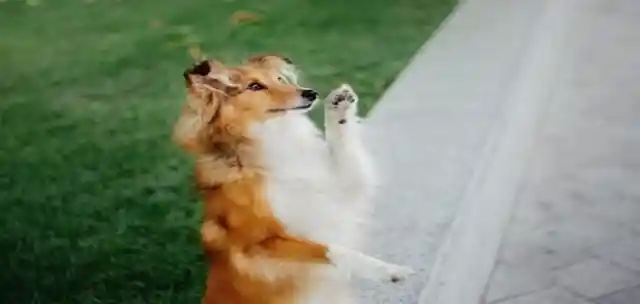
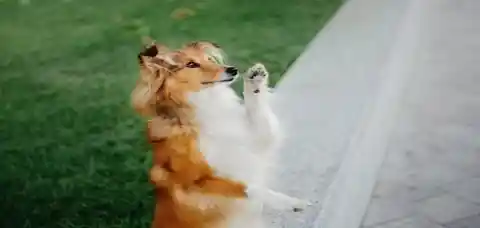
Why do they exhibit this behavior? When a puppy gets hungry, it will put its paws up to its mother in an attempt to signal that it wants to feed. Your puppy may be trying to communicate with you that they want some love and attention, if not food, the exact same way.
The Tale Of The Tail
When a dog is overjoyed or excited, one of the telltale signs is a tail wagging back and forth. However, if they hang their tail down while wagging it, it might be seen as a sign that, for whatever reason, they are trying to be submissive.
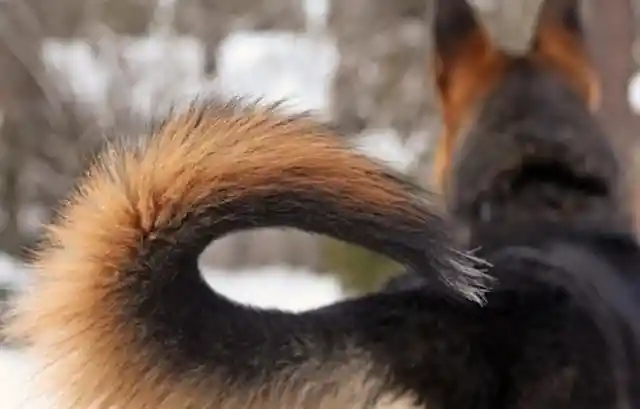
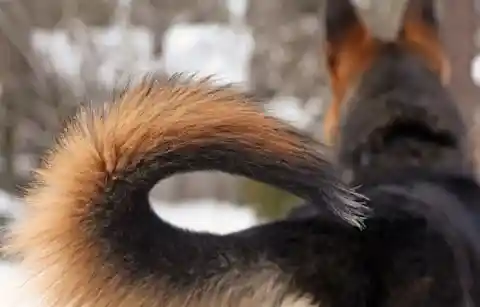
When their tail is wagging low, they may be unhappy, confused, or ill. Just remember: their tail represents their spirit. A high tail means high energy and excitement! Dogs really do communicate nearly as much with their tail as much as they do with their eyes.
What A Drag
There’s something bizarre and humorous about a dog dragging its rear end across the floor. However, this is something to be concerned about if you see it. This activity is known as scooting. It is a common symptom for dogs with an impacted anal sac, which they are attempting to free by rubbing themselves against the hard floor.
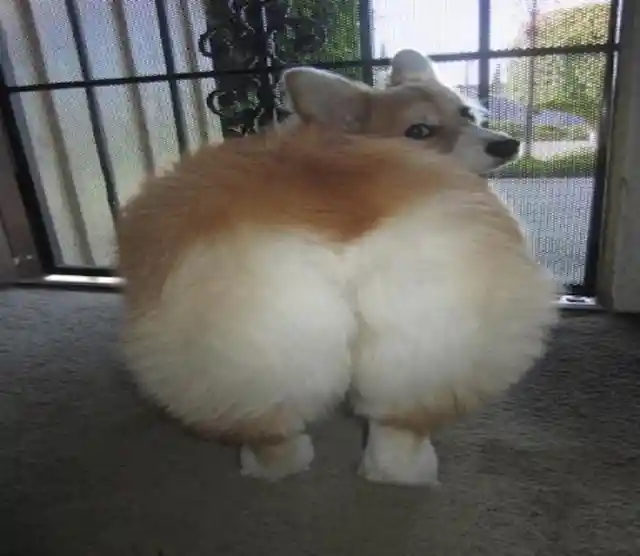
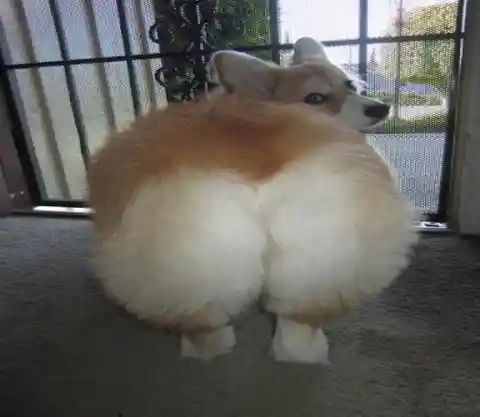
Some breeds are more affected than others by this. When this happens, it causes the dog a great deal of discomfort. If you see it, you should take your dog to the veterinarian as soon as possible to have the organ drained.
Feet Cuddling Buddy
Dogs are happy to lie right at your feet, whether you're eating supper or watching television on the sofa. It's a wonderful reminder of your dog's devotion to you and their need to defend you. They just desire to be as near as possible to their owner.
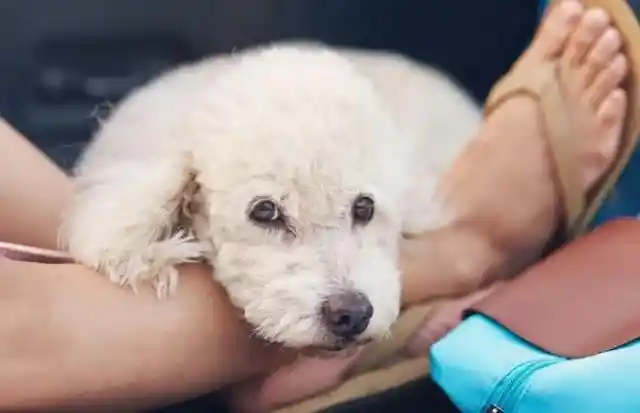
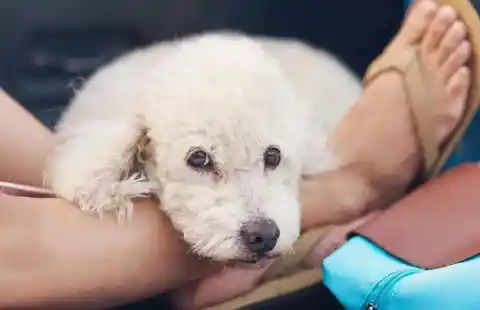
This is another trait inherited from their ancestors. Dogs like to sleep in the same room as the rest of their group. Being a kind and trusted caretaker will make your dog feel like part of the family. If you show kindness, they will look up to you as a kind of parental figure.
A Buddy To Lean On
Dogs hug their owners by leaning on them and putting part of their weight on their bodies, such as their legs or hands. It's not a sign of laziness or inability to stand on their own—rather, it's a way for them to feel close and comforted.
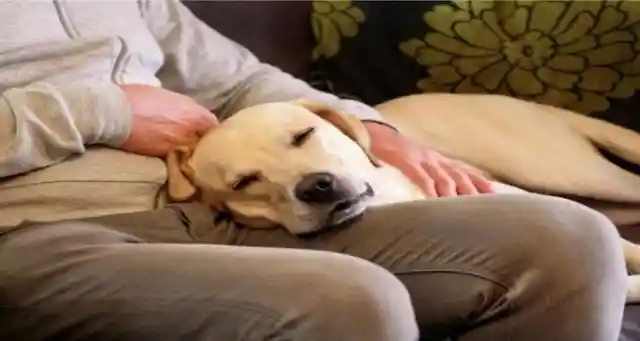
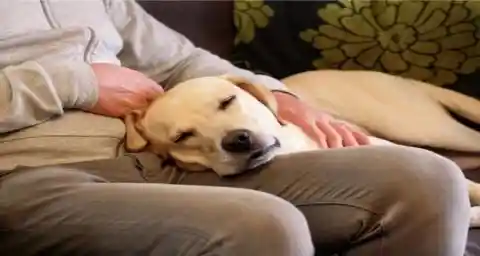
Owners need to remember not to scold their dogs if they see them acting this way. Doing so could be quite damaging. Instead, the owner should let them lean a little. Doing so will allow their dog to build trust with their human companion.
Tackle Is Play
It’s not unusual to see big dogs jump on people as soon as they walk through the door, knocking them down. They aren't trying to cause trouble—it’s just that they can hardly contain their joy at finally seeing the person they love most in the world.
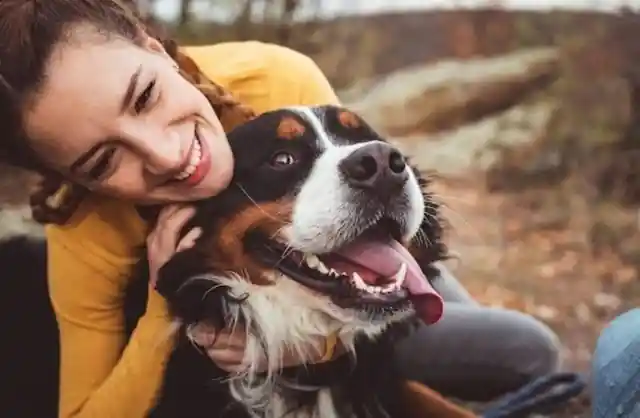
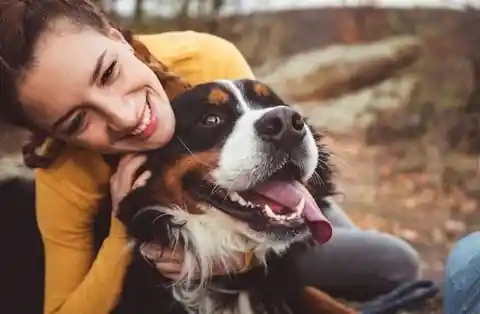
They've been waiting for their human to come home from work all day! Like people, dogs leap with pleasure and give each other enormous embraces when they're happy. However, your dog's jumping might be a symptom of something less joyful, such as an attempt by your dog to demonstrate his authority. Use your common sense to tell if your dog seems happy.
Cute Ear Flicking
When a dog flicks its ears, it indicates that it is paying attention. Most animals do this when they want to hear something strange. This is how they respond when they hear a sign that they are unfamiliar with—they’re attempting to figure out what it means.
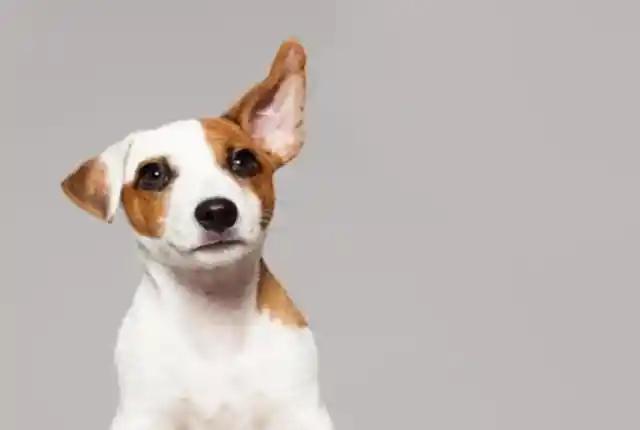
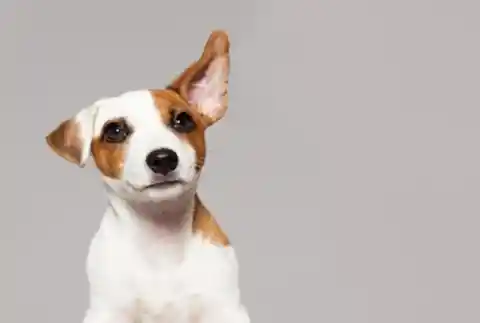
If your dog moves its ear like this, just give them a moment to find out what they are listening to before repeating your command. It’s easy to do, especially when you get so caught up on how cute their little tail flick is!
Why Dogs Lick Themselves
It is a well-established fact that, like the majority of animals, dogs clean their bodies by licking their fur and skin. If your dog becomes dirty, it is likely to lick itself clean to get rid of the problem, even if humans can provide alternate hygiene methods.

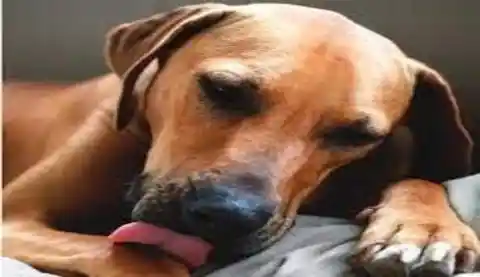
However, licking may also be a sign of suffering. If you notice that your dog is excessively licking its legs and paws, especially in the areas close to its joints (which is frequent in dogs with arthritis), you should take it to the veterinarian to make sure that everything is in good shape.
Warning Signs
This one may be intuitively obvious, but it bears explaining regardless. When a dog is feeling aggressive for whatever reason, dogs will wrinkle their muzzle and bare their teeth in a threatening fashion. When this happens, it’s best to back up and walk away.
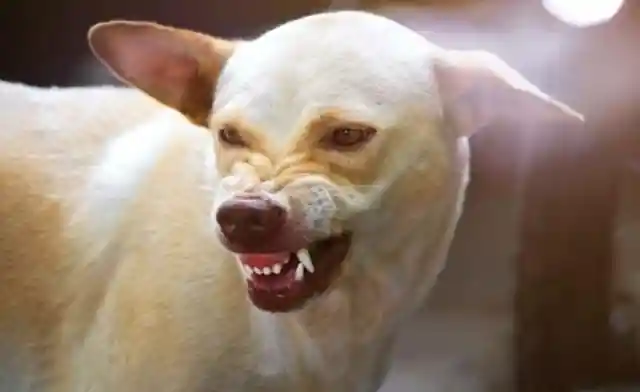
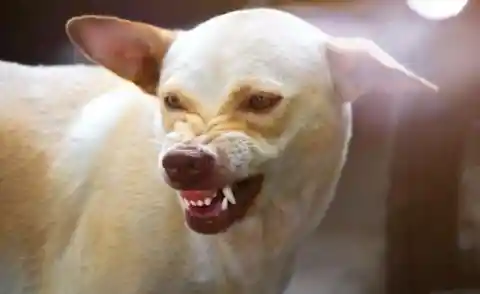
If they bare their fangs and make a growling sound, you should take this as a warning sign. When your dog displays behaviors like this, it may be a sign that they are getting ready to attack if they feel it is necessary for their survival or the survival of their pack.
Snooping Around
The fact that a dog may abruptly halt dead in their tracks and lift its foot in the air may lead owners to believe that their pet has tripped over something and injured itself; nevertheless, this behavior is perfectly normal.
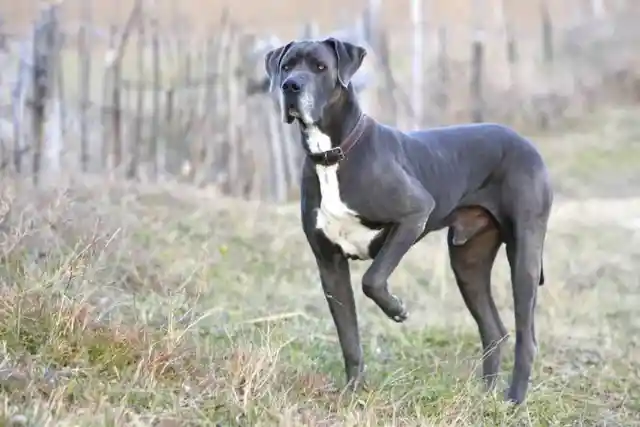
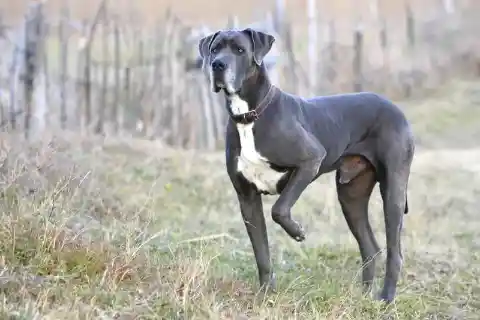
They are looking into something that has piqued their interest to learn more about it. It is an indication that their brains are actively processing information, usually a smell. While they are elevating their paw, they may also begin to sniff enthusiastically.
Tail Is At Attention
There are a variety of reasons why dogs raise their tails in the air. When they encounter other animals or dogs, some dogs engage in this behavior. If their tail is raised and shaken, they have sensed danger and are ready to get into a scrap.
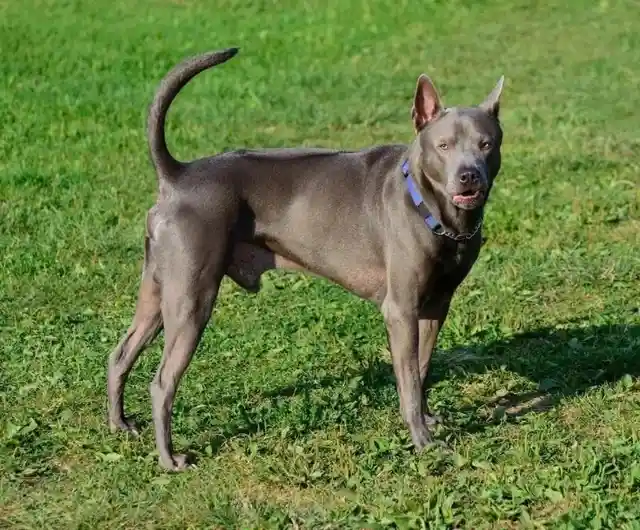
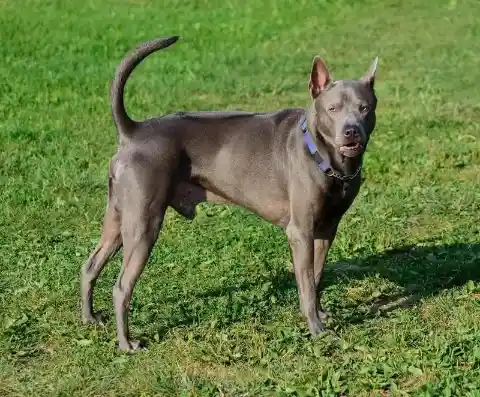
A dog raises its tail to match its body height when experiencing positive emotions such as happiness, contentment, and love. On the other hand, if their tail is tucked between their legs or held low, this may indicate that they are feeling uneasy.
Tongue Out
It's a good indicator of a dog's tongue hanging out of one side of his mouth when he's calm and content. Your dog may look like this after a stroll or a game of fetch. It's a good idea to keep a close eye on your dog if their tongue lolls out to one side too much.
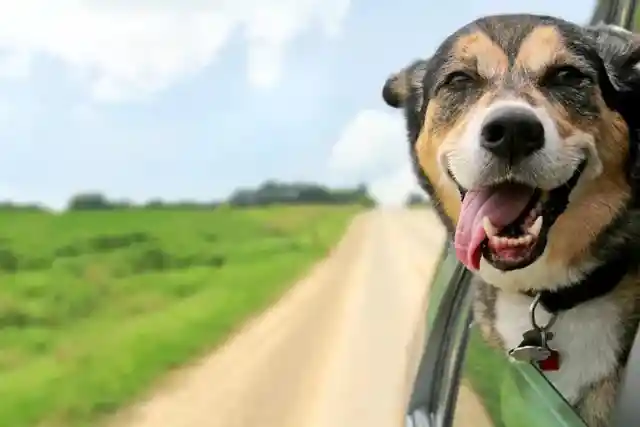
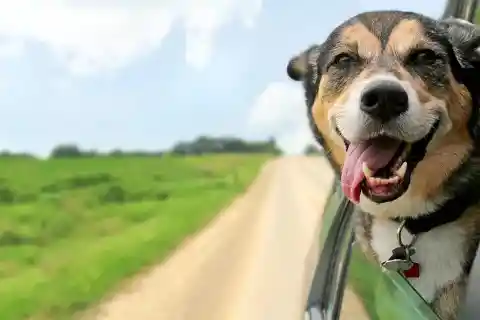
This may be what's known as the "hanging tongue syndrome." This mostly affects boxers and bulldogs. Take your dog to the veterinarian if they are acting like this, as it is potentially a symptom of problems that require medical attention.
Diggidy Dog
Digging is ingrained in a dog’s DNA. Typically, dogs dig in the yard to conceal or reveal their prized possessions, such as toys and bones. Digging holes is a common strategy used by wild dogs to locate and capture prey hidden underground.
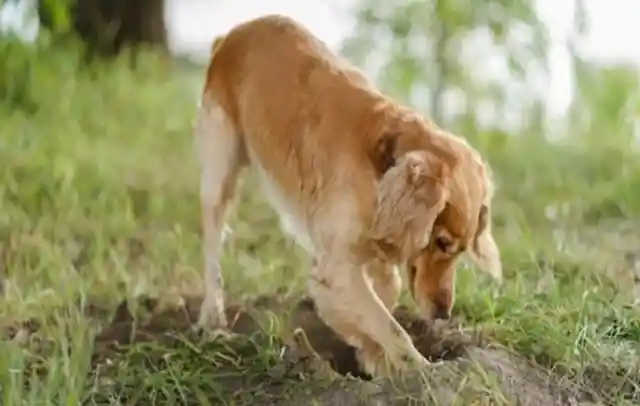
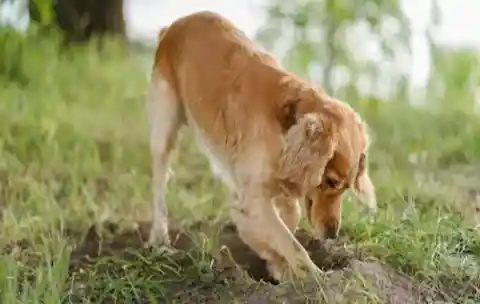
They also place their deceased young in graves, similar to humans. You will need to give your dog the appropriate training if you want them to give up this activity. If you don't actively stop it, they'll keep doing what comes naturally.
Little Nippers
Getting bitten by a dog isn't fun—in fact, you should probably see a doctor if it happens. However, a dog's gentle bite might be a sign of love and a desire to play. When dogs play together, it's common for them to bite one other. This kind of action is not aggressive at all.
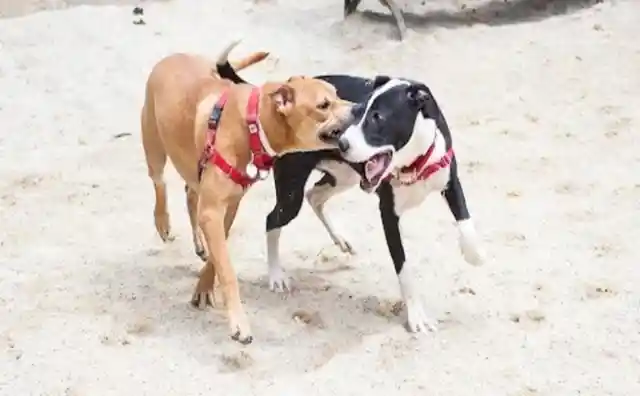
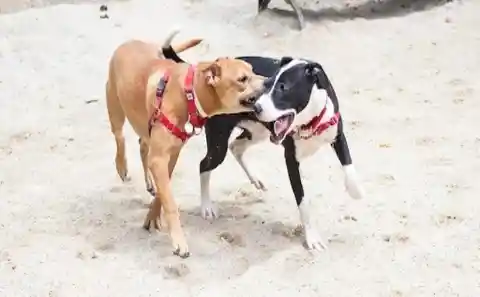
To express affection, a dog will be tempted to nibble down on your hand or sides. You can avoid a dog bite if you pay attention to the dog's body language. If they get too excited and you dangle your hand out in front of you, they might just grab it.
Sleeping With The Dogs
For dogs, sharing a bed with their human counterpart is a tradition that has been handed down through generations of canine ancestors. Dogs have historically slept with their masters for the sake of comfort, warmth, and security.
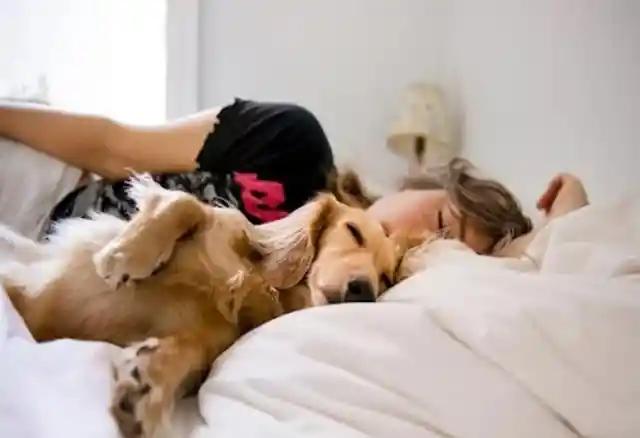
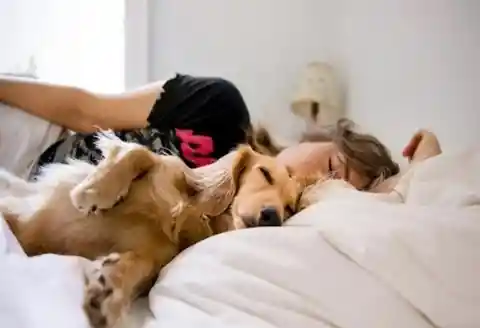
Dogs that sleep next to their owners do so because they cherish the bond they have. Dogs have the ability to make their human feel more loved and protected when they are sleeping, which in turn has a favorable influence on the sleep of their owners.
High Fours
When dogs give their human a little paw slap, it is not an indication that he is upset. It’s just their cheeky way of trying to gain your attention in some manner. It’s a friendly little poke to make you notice them.
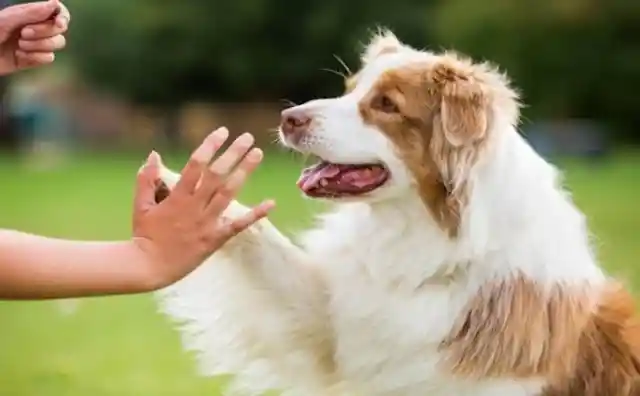
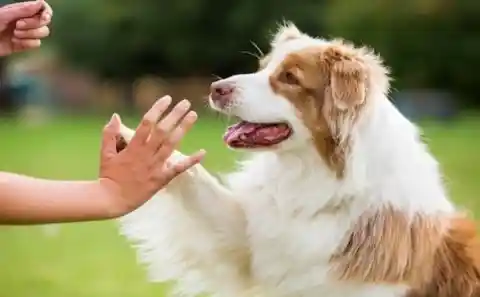
On the other hand, when one dog slaps another dog, it’s completely different. When one dog believes another dog to be trustworthy, this is a sign of trust. It's the same as when people make the pleasant or celebratory gesture of patting each other on the back.
Dognaps
Dogs, much like people, are likely to want to snooze after finishing their meal. And when they do, they want to be close to the person they adore the most. Cuddling with the animal that gives them treats and belly rubs beats cuddling a teddy bear anytime.
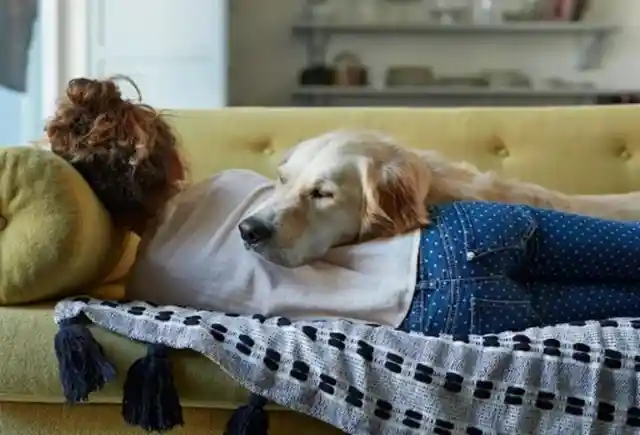
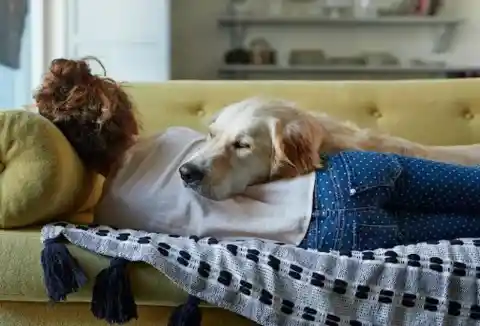
Since dogs don’t need as much sleep as humans do at nighttime, it’s their way of getting in quality cuddling time. It helps us humans sleep, too, knowing our furry guardian is by our side, watching over us.
Is Dog Panting A Good Sign?
Panting does not always signal that the dog is running low on oxygen or is at risk of having a cardiac arrest. When a dog gets overheated, they use this method to cool off. In the absence of human-like sweating capabilities or pores, this is the only way they can regulate their internal temperature.
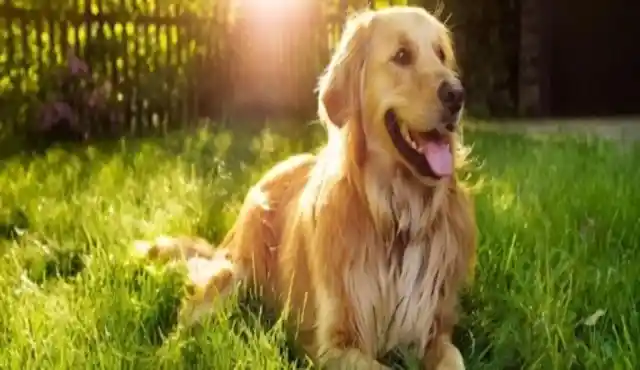
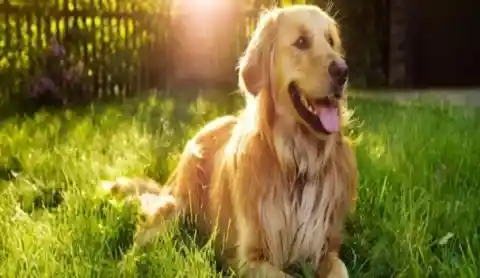
An excellent time to offer water to a dog is when they are panting. Another possible explanation for your dog's panting is that they are in discomfort or under stress. Monitor the dog's panting and ensure they have all of their needs met.
Puppy Dog Eyes
Dogs and humans have certain similarities in the way they express their emotions. As with humans, they display many of their feelings via their eyes. Look at the ground when you're unhappy or fatigued. Whenever they're ecstatic, they widen their eyes wide and squint.
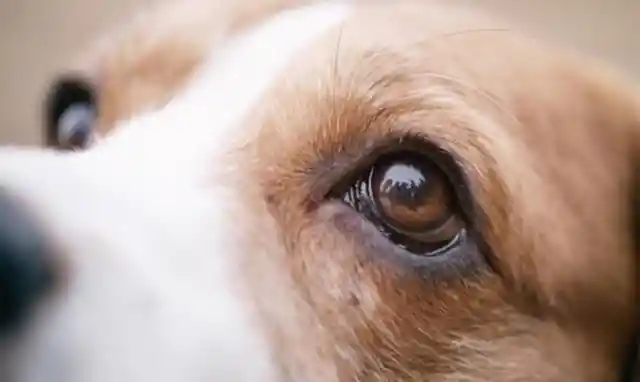
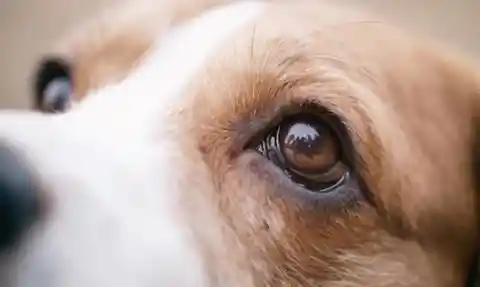
In order to get their human’s attention, they'll raise their eyebrows as if they're questioning you. It's easier to read your dog by gazing into their eyes rather than their tails, in most cases. No matter how they’re feeling, they always get us with those puppy dog eyes!
Take A Bow
A dog bows for a variety of reasons. Keeping their bodies straight, they bow by lowering their heads and maintaining an upright posture. It's usually an indication that they're eager to get started. They may also wiggle their hips or wag their tails in a wild and exuberant manner.
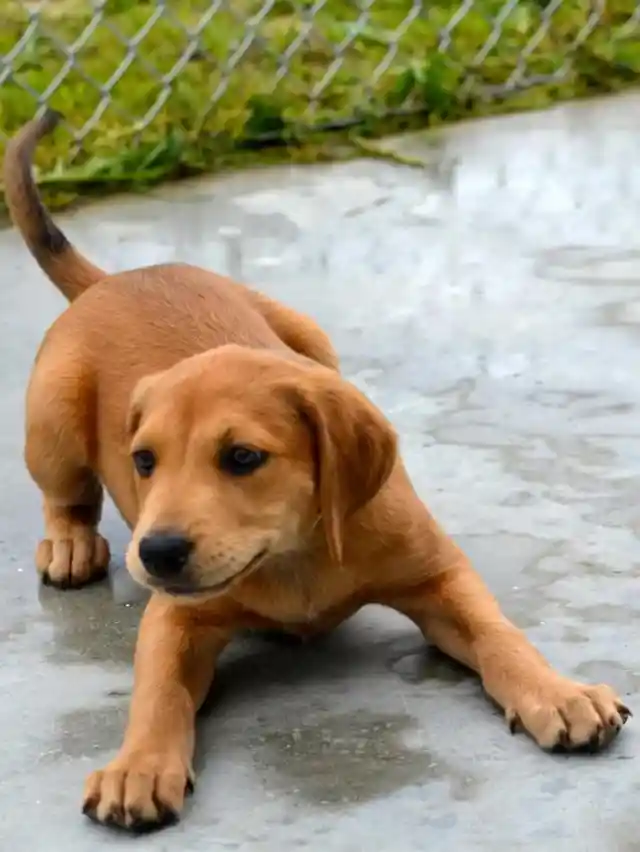
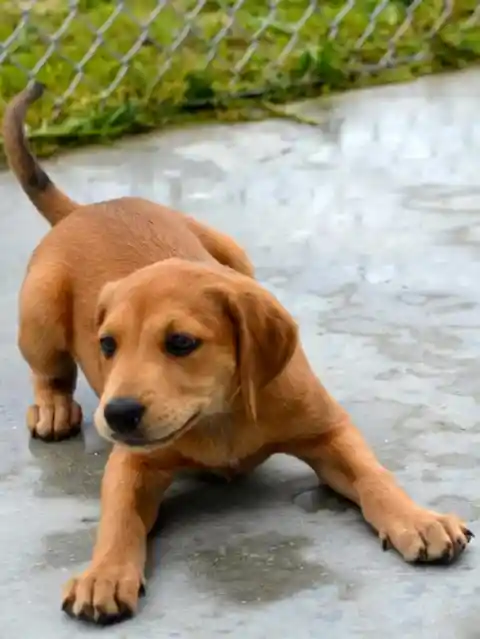
When your dog wants to play, the most typical indicator they will give you is that they are wagging their tail. The "play bow" is a term often used by dog trainers. Who would have thought that bowing is also how they show they are ready to play?
Making Circles Before Lying Down
Before going to sleep, good dogs may wander around in circles before settling. As much as we would like to deny that they still have a wild side to them, this may be a behavior that was handed down to them from their wolf ancestors.
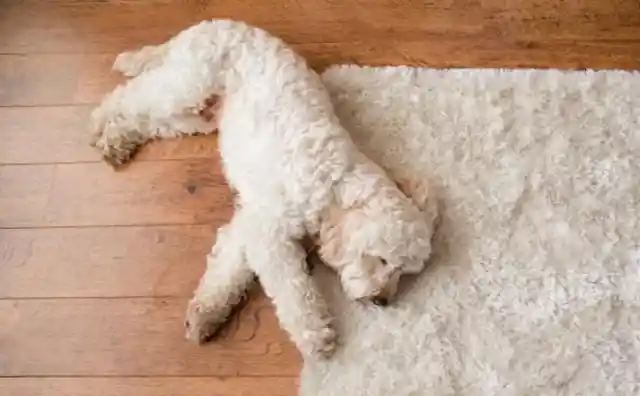
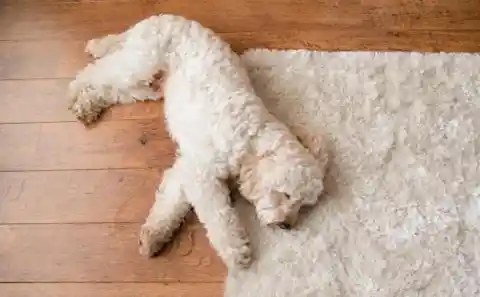
Wolves flatten leaves and other detritus that may be making their resting place less than comfortable before settling down. While your dog presumably doesn't have debris on their dog bed or kitchen floor, they seem to have preserved this tendency.
Howl Do They Do It?
There's a good reason for a dog’s howl, even if one doesn’t seem readily apparent. This is how dogs communicate over large distances. Similar to people, dogs use howling to let out whatever pent-up frustrations they've been harboring during their day.


The fact that dogs howl is sometimes misunderstood by their owners, who believe that their pets are trying to show their authority over the pack. In actuality, dogs howl because it makes them happy. There is still a lot of miscommunication between pets and owners, and howling is one of them.
The Hypnotism Act
Most dog owners are under the impression that their canine companion is attempting to win their favor by giving them the "puppy eyes." However, in reality, they are trying to demonstrate how much they care for you, similar to giving a hug.
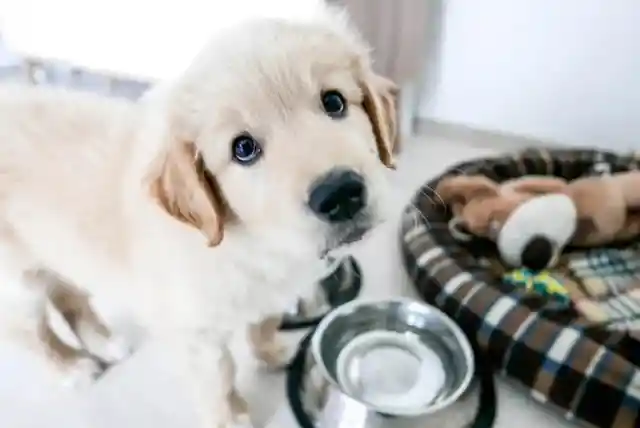
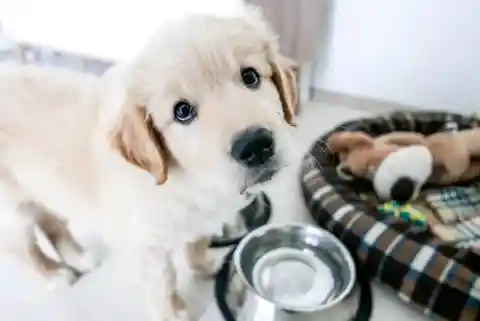
You may tell that they love you by their charming expression of innocence, which indicates that they want you to embrace or kiss them. It's a good sign if the dog stares their human directly in the face—it means they are infatuated with their owner!
Grumbling And Yowling
There are instances when pet owners assume their dog is attempting to yowl or grumble. This may be a dog's way of trying to communicate with their human. Yowling or grumbling is a kind of canine vocalization. Many dog owners are convinced they are grumbling about a particular topic or issue.
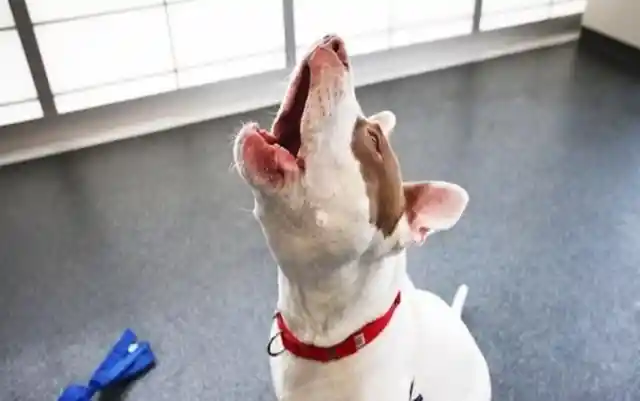
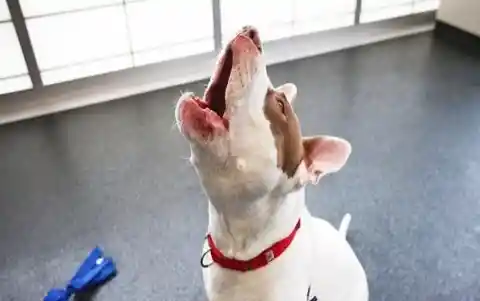
A writer for an animal publication once said, "Our 9-year-old German Shepherd rescue is the kindest dog we've ever had (unless you're a cat)." She's a 'talker' and grumbles when refused the cat’s meal, has five-minute talks about going for a walk, and exchanges pleasantries when she sees someone.